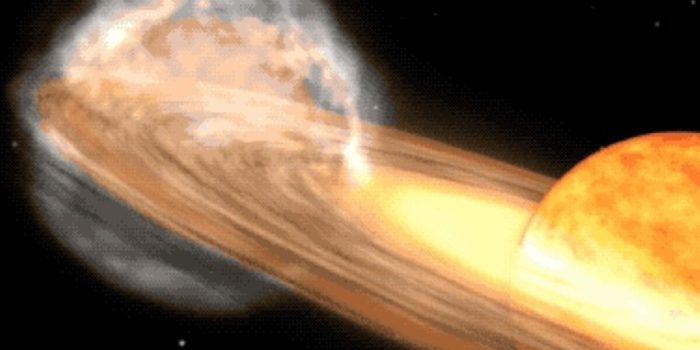Between now and September, amateur stargazers will be treated to an extraordinary cosmic display: a colossal explosion erupting 3,000 light years distant from our planet. This dramatic event originates from a binary star system nestled within the constellation Corona Borealis, typically too dim to catch with the unaided eye. However, every 80 years or so, the gravitational interplay between its twin stars triggers a runaway nuclear reaction, briefly illuminating the night sky with the brilliance of a new celestial body.
This phenomenon, termed a nova, has been observed twice before by humanity, initially documented by the polymathic John Birmingham in 1866 and later in 1946. Now, astronomers eagerly anticipate its recurrence and are actively preparing to scrutinize the spectacle when it unfolds.

Sumner Starrfield, an astronomer hailing from Arizona State University, has been deeply engaged in the study of this binary star system, affectionately dubbed “Blaze Star,” since the 1960s. Presently, he is racing against time to finalize a scientific manuscript forecasting the implications of the impending nova event, which could manifest at any point within the next five lunar cycles.
The interplay between a dying red giant and a compact white dwarf star propels the nova phenomenon. The red giant, nearing the end of its stellar journey, expands to vast proportions, while the white dwarf, a remnant of stellar evolution, orbits closely nearby. As time progresses, material ejected by the red giant accumulates gradually on the surface of the white dwarf until it reaches a crucial tipping point. This triggers a cataclysmic thermonuclear fusion reaction, culminating in a spectacular explosion.

This recurrent nova event is relatively uncommon, with only a handful of occurrences documented within our galaxy and neighboring stellar systems. Unlike conventional novas, which unfold on timescales spanning tens of thousands of years, recurrent novas recur with much greater frequency due to the unique dynamics governing the binary star system.
While state-of-the-art astronomical tools, such as the upcoming James Webb Space Telescope, are at hand, astronomers emphasize that observing this cosmic phenomenon requires nothing more than a simple gaze towards the Corona Borealis constellation. As anticipation builds for this exceptional celestial occurrence, sky enthusiasts are also preparing for another astronomical wonder: the impending total solar eclipse set to cross a portion of the United States.


